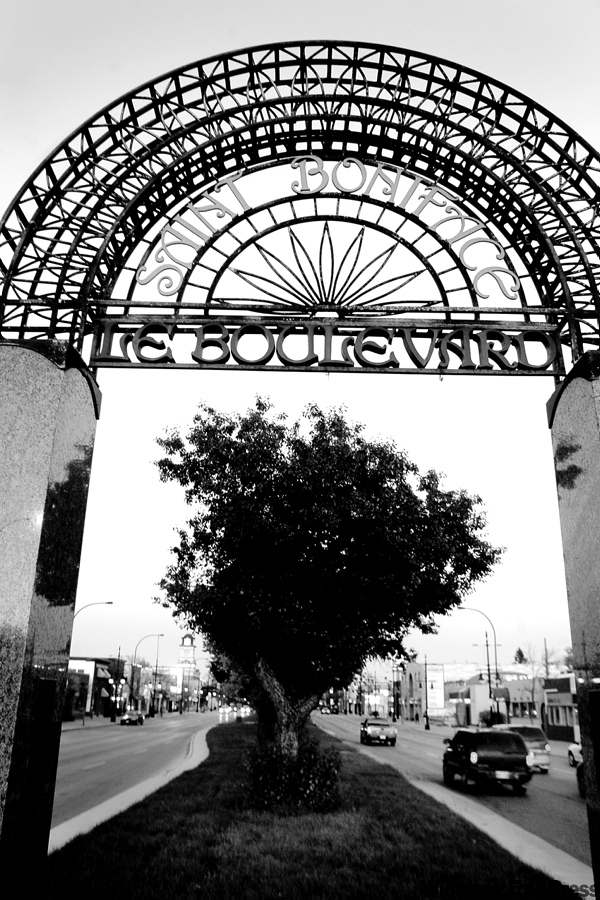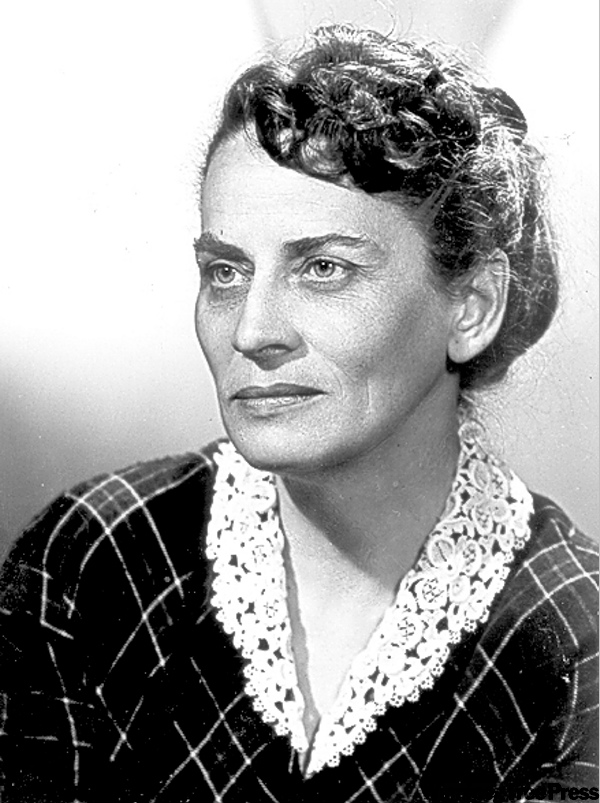St. Boniface — still French
Gabrielle Roy's fears proved to be wrong
Advertisement
Read this article for free:
or
Already have an account? Log in here »
To continue reading, please subscribe:
Monthly Digital Subscription
$0 for the first 4 weeks*
- Enjoy unlimited reading on winnipegfreepress.com
- Read the E-Edition, our digital replica newspaper
- Access News Break, our award-winning app
- Play interactive puzzles
*No charge for 4 weeks then price increases to the regular rate of $19.95 plus GST every four weeks. Offer available to new and qualified returning subscribers only. Cancel any time.
Monthly Digital Subscription
$4.99/week*
- Enjoy unlimited reading on winnipegfreepress.com
- Read the E-Edition, our digital replica newspaper
- Access News Break, our award-winning app
- Play interactive puzzles
*Billed as $19.95 plus GST every four weeks. Cancel any time.
To continue reading, please subscribe:
Add Free Press access to your Brandon Sun subscription for only an additional
$1 for the first 4 weeks*
*Your next subscription payment will increase by $1.00 and you will be charged $16.99 plus GST for four weeks. After four weeks, your payment will increase to $23.99 plus GST every four weeks.
Read unlimited articles for free today:
or
Already have an account? Log in here »
Hey there, time traveller!
This article was published 17/05/2009 (6074 days ago), so information in it may no longer be current.
On the 100th anniversary of her birth, writer Gabrielle Roy’s feelings about her native St. Boniface have turned out to be wrong.
Roy’s first novel, the 1945 Bonheur d’ occasion (The Tin Flute in English), garnered a number of firsts: the first Canadian urban novel; the first Canadian book to win a major award from a literary establishment in France (the prestigious Prix Fémina) and she became the first female member of the Royal Society of Canada.
Roy (1909-1983) had doubts that St. Boniface, which became a part of Winnipeg in 1972, was going to survive as a French-speaking community. Speaking French there, she wrote, made her feel like a second-class citizen in her own country. She fled the community in 1937, partly because St. Boniface had become a fortress that made her feel too closed-in.

Today, it’s OK to speak French in St. Boniface, says Carol Harvey, formerly of the University of Winnipeg, an expert on St. Boniface and Roy, and local co-editor of a new book, Saint-Boniface, 1908-2008: reflects d’une ville, that has received two book awards.
One reason the French language and culture have survived in St. Boniface is its lively arts community, says Harvey. St. Boniface is home to three French-language publishing houses; Le Cercle Moliére, Western Canada’s oldest French-language theatre; and some accomplished painters and sculptors.
A French-language school board, Division scolaire franco-manitobaine, covers the whole of Manitoba and has strengthened the use of French in the province. When Roy was young, you couldn’t teach in French in the school system.
As well, the Collège universitaire de Saint-Boniface is thriving and has university and vocational sections. The annual winter Festival du Voyageur has helped validate French culture in Manitoba, says Harvey.
St. Boniface, says Harvey, is “flourishing.” A handsome, newish bridge connects it with Winnipeg’s downtown. The once-staid Provencher Boulevard is now alive with new restaurants, condos and shops.
In my youth, St. Boniface was known for the Union Stockyards, which were developed in 1912-13 and became Canada’s largest livestock exchange and a focal point for meat packaging and processing. That business has petered out, but new endeavours have taken its place.
The $26-million St. Boniface General Hospital Research Centre opened in 1987 as Canada’s first free-standing research facility. The hospital also has Canada’s only program that focuses on the emotional, psychological, social and spiritual needs of cancer patients and caregivers.
St. Boniface opened Canada’s first palliative care in-patient program in 1974 and started Canada’s first nationally accredited Palliative Care Residency Program.
The Grey Nuns, who started St. Boniface General Hospital more than 100 years ago, specialized in palliative care.
In addition, the hospital is home to Manitoba’s cardiac science program and the Institute of Cardiovascular Sciences. A $40.3-million St. Boniface Cardiac Centre was announced just last week.

East St. Boniface has seen a big jump in industrial development. One project: The City of Winnipeg and Terracon Development Ltd. are exploring the feasibility of jointly developing 232 acres once earmarked for an OlyWest hog processing plant, a project that was killed in 2007.
It’s difficult maintaining a minority language. Between 1951 and 2001, the percentage of people outside Quebec who listed French as their mother tongue dropped to 4.4 per cent from 7.3 per cent, according to Statistics Canada.
But more recent Statistics Canada studies are more encouraging. The number of Manitoba homes where French was spoken most often dropped by only one per cent between 2001 and 2006. And much of this decrease was probably because rural Canada’s population is shrinking.
Roy left St. Boniface in 1937, ostensibly to act in a Paris theatre. Instead, she began to write. The Second World War forced her back to Canada where she settled in Montreal. After the war, she returned to France, but came back to live in Quebec City. She wrote a shelf-full of books, many of them based on her experiences in Manitoba.
A feature of her writing, says Harvey, is her inclusiveness. She writes about people from many ethnic backgrounds — which shows that although she left Winnipeg, Winnipeg never left her.
Tom Ford is managing editor of The Issues Network.

